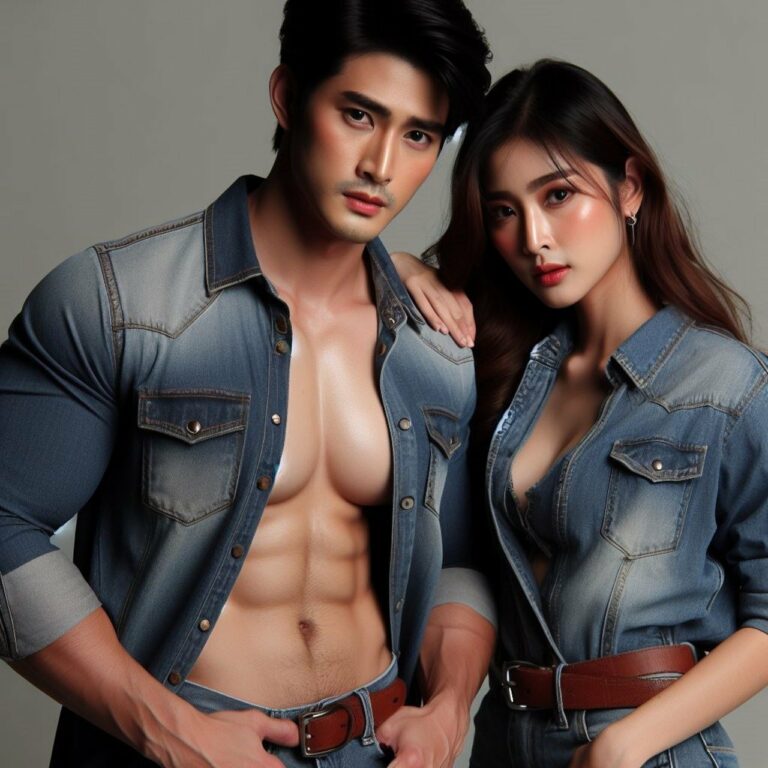Fashion and Circular Economy Models: Cradle-to-Cradle Design Principles
Cradle-to-Cradle design principles are based on the concept of creating products that can be continuously recycled or upcycled without losing quality. This approach aims to eliminate the concept of waste by ensuring that all materials used in manufacturing can be safely returned to the environment or reused in another product. By following Cradle-to-Cradle principles, designers and manufacturers can contribute to a more sustainable and circular economy.
One key aspect of Cradle-to-Cradle design is the emphasis on using safe materials that are free from harmful chemicals or substances. This not only benefits the environment but also ensures the health and safety of consumers. By carefully selecting materials that can be safely recycled or composted, designers can create products that have a positive impact throughout their entire lifecycle.
The Importance of Sustainable Fashion Practices
Sustainable fashion practices play a crucial role in reducing the environmental impact of the fashion industry. By promoting ethical sourcing of materials, using eco-friendly production methods, and implementing fair labor practices, fashion brands can contribute to a more sustainable future. Consumers are increasingly demanding transparency and accountability from fashion companies, making sustainability a key factor in purchasing decisions.
In addition to environmental benefits, sustainable fashion practices also have social and economic advantages. Supporting sustainable fashion enables the growth of local communities, empowers artisans and workers, and promotes a more ethical supply chain. By embracing sustainability, fashion brands can not only improve their reputation but also foster a culture of responsibility and conscious consumerism in the industry.
How Circular Economy Models Benefit the Fashion Industry
Circular economy models offer a transformative approach to the fashion industry by emphasizing the importance of reducing waste and maximizing resources throughout the production process. This sustainable model promotes the idea of reusing, recycling, and repurposing materials, contributing to a more environmentally friendly and efficient system. By implementing circular economy principles, fashion brands can minimize their environmental impact and reduce the amount of textile waste generated, ultimately leading to a more sustainable future for the industry.
Furthermore, circular economy models encourage innovation and creativity within the fashion sector. Designers are challenged to think outside the box and find new ways to prolong the life cycle of garments, ensuring that materials are kept in circulation for as long as possible. This shift towards a more circular approach fosters a culture of responsible consumption and production, inspiring consumers to make conscious choices about the clothes they buy and wear. Ultimately, embracing circular economy models benefits not only the fashion industry but also the environment as a whole.
Circular economy models reduce waste and maximize resources in the fashion industry
Promotes reusing, recycling, and repurposing materials for a more sustainable system
Minimizes environmental impact and textile waste generation
Encourages innovation and creativity among designers
Prolongs the life cycle of garments by keeping materials in circulation longer
Fosters responsible consumption and production practices
Inspires consumers to make conscious choices about their clothing purchases
Benefits not only the fashion industry but also the environment as a whole
What is Cradle-to-Cradle design principles?
Cradle-to-Cradle design principles focus on creating products that can be reused, recycled, or composted at the end of their life cycle, rather than ending up in landfills.
How do sustainable fashion practices benefit the environment?
Sustainable fashion practices help reduce waste, conserve natural resources, and minimize the negative impact on the environment by promoting ethical production processes and materials.
How can circular economy models benefit the fashion industry?
Circular economy models in the fashion industry can help reduce waste, lower production costs, improve resource efficiency, and create new revenue streams through recycling and upcycling of materials.
What are some examples of circular economy practices in the fashion industry?
Examples of circular economy practices in the fashion industry include clothing rental services, garment recycling programs, upcycling old clothes into new products, and using sustainable materials like organic cotton and recycled polyester.
How can consumers support circular economy models in the fashion industry?
Consumers can support circular economy models in the fashion industry by buying from sustainable and ethical brands, choosing quality over quantity, participating in clothing swap or rental programs, and recycling or donating old clothes instead of throwing them away.







